What are Windgalls?
Windgalls or windpuffs are small distensions of either the joint capsule or the digital flexor tendon sheath. When extra pressure builds in the fetlock joint, these small sacs develop around the fetlock region. All horse’s joints contain lubricating synovial fluid within a sac or capsule which prevents the fluid leaking away into the surrounding tissues.
What causes windgalls?
Young horses in heavy training are quite susceptible to developing them particularly if they are being worked on hard ground.Many apparently normal horses in full work have slight windgalls due to digital flexor tendon sheath swelling, especially in the hind limbs. Windgalls can result as a secondary symptom to arthritis or a fetlock injury, etc.In younger horses, nutritional deficiency may be a cause or a contributory factor to developing windgalls. Where this is suspected, the diet should be analysed to eliminate factors such as mineral deficiencies which may be causing the problem.
Conformation – horses with short, upright pasterns are prone to windgalls when excessive concussion has to be endured by the horse’s legs.Heavy breed types, for example cobs, are more susceptible to windgalls as are the smaller types with heavy bodies and short legs.Concussion to the fetlock joint - prolonged hard exercise such as galloping and jumping, can cause windgalls to develop. This is thought to be the most common cause of the condition.Fetlock joint trauma – slips, trips and falls can sprain the fetlock joint, bringing on the development of windgalls.What are the most commonly occurring windgalls?
There are two types which may be classified under the following:
Articular windgalls: These are closer to the fetlock joint capsule and in a more forward position. Windgall swellings on the fetlocks occur when the horse’s fetlocks become filled with synovial fluid causing the fetlock joint capsule to become swollen. The normal fetlock capsule extends out of the back of the actual joint and forms a pouch above the fetlock joint behind the cannon bone. If this pouch of the joint capsule becomes thickened or distended, the resulting swelling on the back of the fetlock is known as an articular windgall. Articular windgalls usually show no sign of pain, heat or lameness. However, where pain and lameness are apparent, it can be a symptom of an underlying problem, such as degenerative joint disease.Articular windgalls are more likely to be an indicator of genuine disease or traumatic conditions.They are also seen in a great number of ‘normal’ horses that never show any signs of lameness over a protracted period appearing as strong bulges between the back of the cannon bone and the suspensory ligament.Many showjumpers, eventers, hunters and racehorses develop stiff fetlocks which cannot be passively flexed to the normal extent and which carry windgalls on an ongoing basis.These horses appear to cope well with these inflexible fetlocks and although they might pose a dilemma for a veterinary surgeon examining for soundness prior to purchase, the horses can go on performing indefinitely, season after season.Non-articular windgalls or tendinous windgalls are positioned in the tendon sheath.
The tendon sheath, in contrast, has nothing to do with the joint and is best visualised as a ‘sausage’ of fluid which envelopes the tendons as they run over the back of the fetlock. At the upper limit just above the level of the sesamoid bones, this fluid-filled sausage lies close to the skin, so that any distension will cause a bulge between the flexor tendons and the suspensory ligament - the tendinous windgall. Of the two types of windgall in horses, tendinous windgalls are the most common type of windgall, affecting all ages and types and in some cases, appearing and disappearing intermittently. The tendinous windgall is the least likely to reflect any real trouble.Where tendinous windgalls are seen in older horses and ponies the swelling actually represents thickening of the membrane lining the sheath rather than free fluid. In these cases, the membrane lining of the tendon sheath (between the suspensory ligament and the flexor tendon) thickens, causing a soft swelling that does not show pitting edema (does not hold a finger-dent when pressed). Again, this type of windgall rarely causes pain or lameness. What are the signs?
Windgall swellings occur directly above the fetlock on the inside and outside where the tendon sheath becomes distended.They can affect either or both of a horse’s front and hind legs. In some cases all four legs may be affected. Are windgalls an unsoundness?
No. However they are a blemish and can be considered unsightly particularly in the case of a show horse. Horses with windgalls will usually retain them throughout their life.
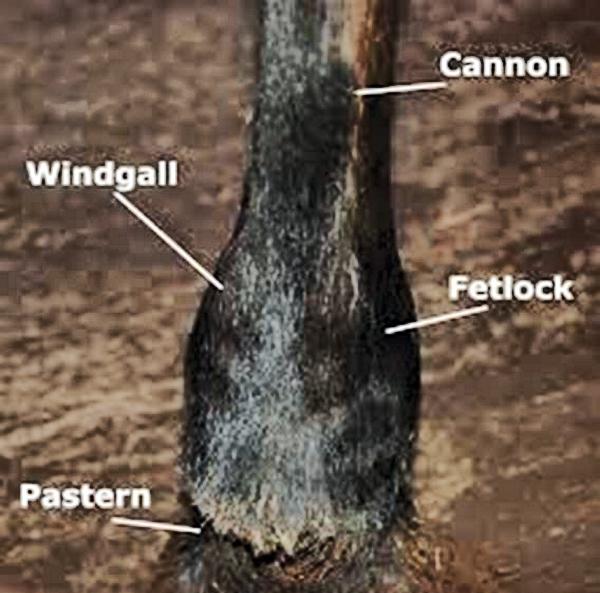



 This is a subscriber-only article
This is a subscriber-only article
 It looks like you're browsing in private mode
It looks like you're browsing in private mode




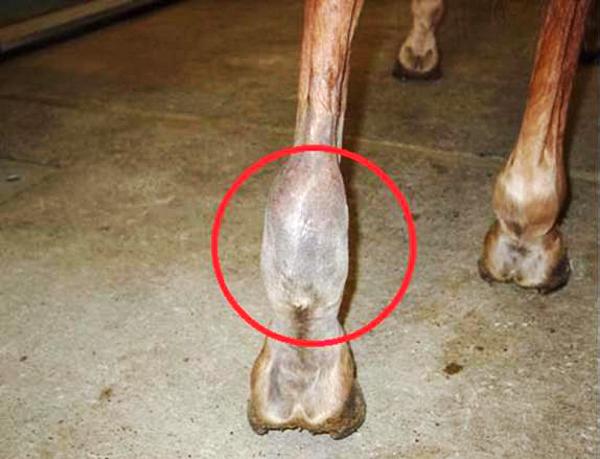
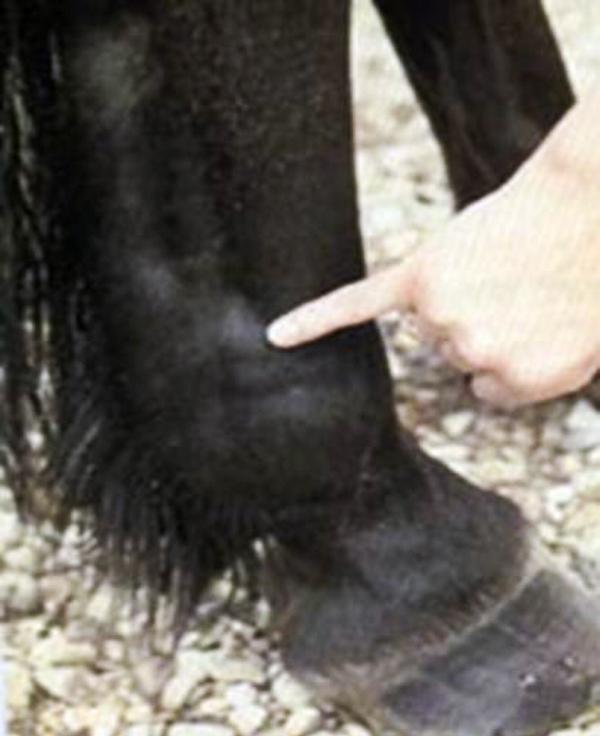
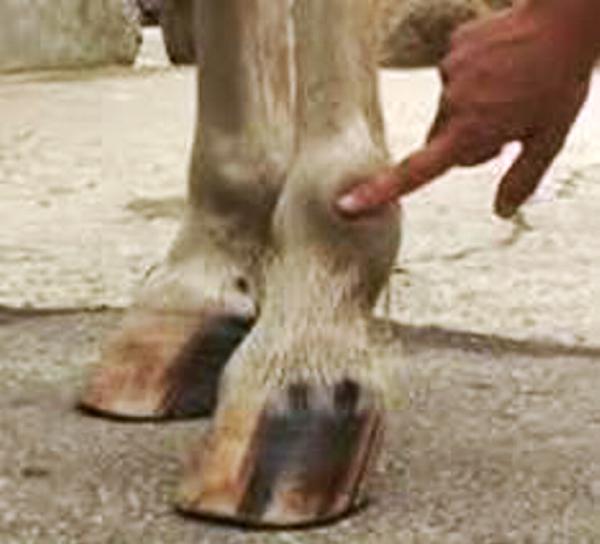

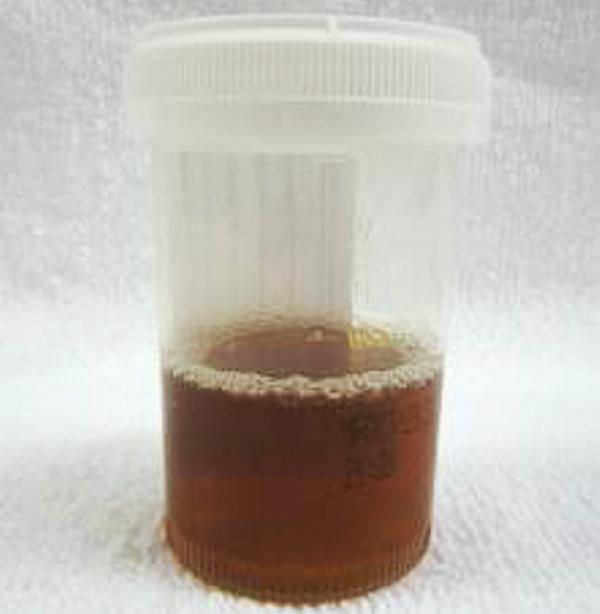


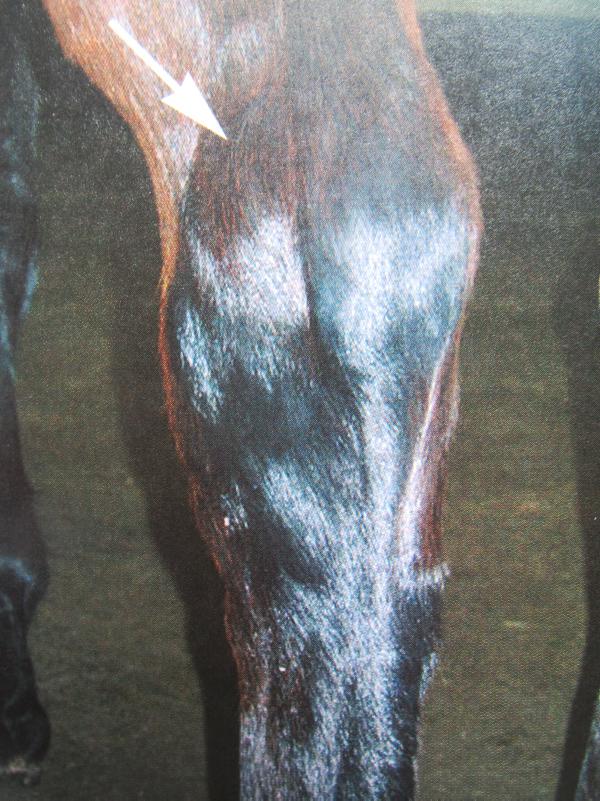
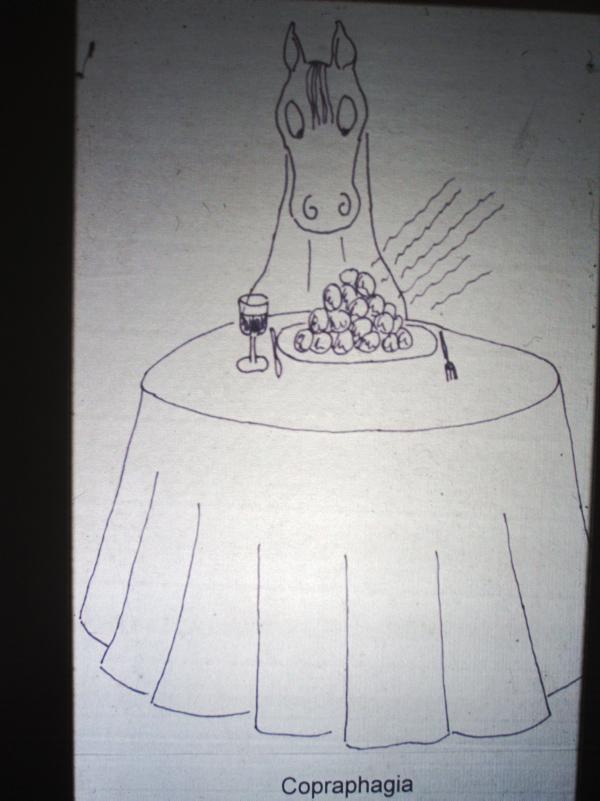
SHARING OPTIONS: